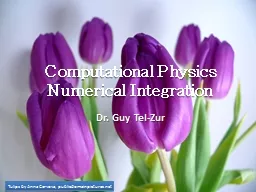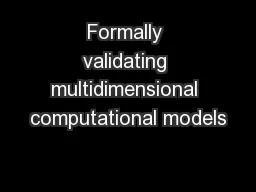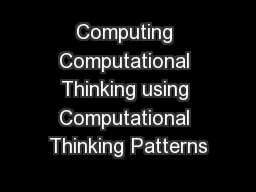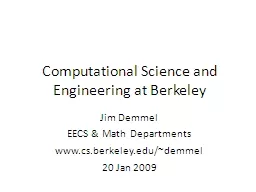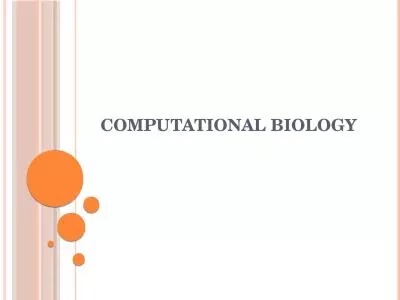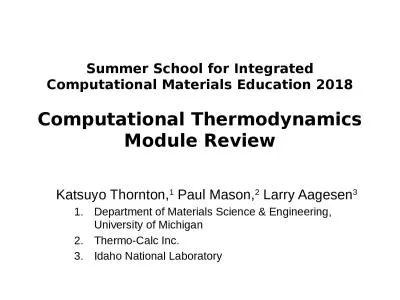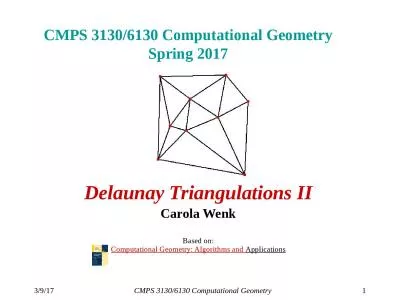PPT-Computational Physics
Author : calandra-battersby | Published Date : 2019-11-28
Computational Physics Numerical Integration Dr Guy Tel Zur Tulips by Anna Cervova publicdomainpicturesnet MHJ Chap 7 Numerical Integration Agenda 1D integration
Presentation Embed Code
Download Presentation
Download Presentation The PPT/PDF document "Computational Physics" is the property of its rightful owner. Permission is granted to download and print the materials on this website for personal, non-commercial use only, and to display it on your personal computer provided you do not modify the materials and that you retain all copyright notices contained in the materials. By downloading content from our website, you accept the terms of this agreement.
Computational Physics: Transcript
Download Rules Of Document
"Computational Physics"The content belongs to its owner. You may download and print it for personal use, without modification, and keep all copyright notices. By downloading, you agree to these terms.
Related Documents

